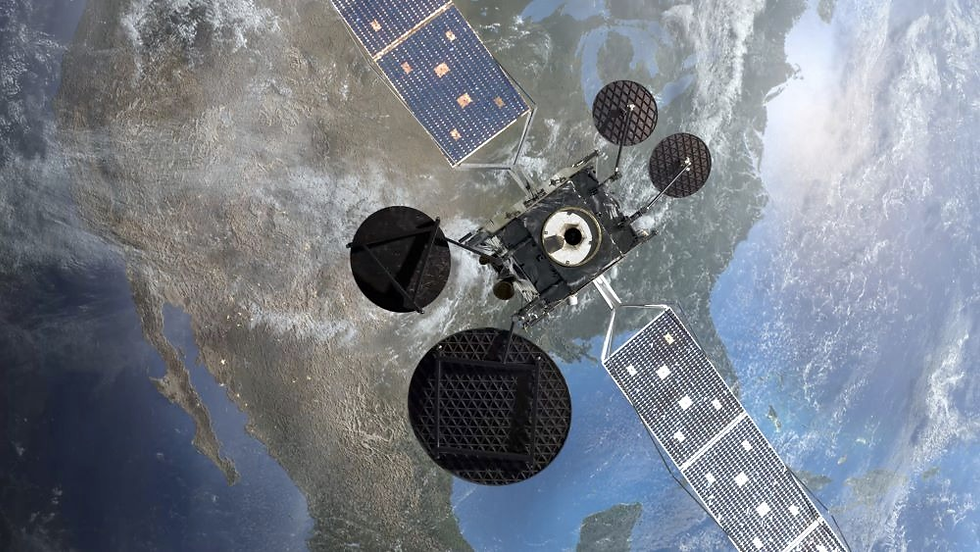Tensions Flare as China and Philippines Face Off Over Contested South China Sea Reef
- MM24 News Desk
- Oct 17
- 3 min read

The South China Sea just got a lot more crowded – and a lot more dangerous. In back-to-back confrontations that showcase the escalating tensions in one of the world's most disputed waterways, China claims it expelled Philippine aircraft from contested airspace while Manila accuses Beijing of putting its pilots in serious danger.
Thursday's incident marks the second clash in as many days, and it's happening over a particularly contentious piece of real estate: Scarborough Shoal, a reef that both nations claim but China effectively controls.
According to Liu Dejun, spokesman for the Chinese coastguard, two Philippine reconnaissance aircraft "illegally entered Chinese air space above Huangyan Island" – China's name for the disputed shoal. The planes were expelled "in accordance with laws and regulations," he stated, framing the encounter as a routine enforcement action against trespassers.
But the Philippine side tells a dramatically different story. A day earlier, they reported that one of their aircraft had been "subjected to aggressive interference" during what they describe as a routine maritime domain awareness flight. This wasn't just a verbal warning or radio communication gone wrong – this was serious.
Jay Tarriela, spokesman for the Philippine coastguard, shared compelling evidence on social media. Photos showed a Chinese helicopter uncomfortably close to Philippine aircraft, while video footage captured a J-16 fighter jet that Tarriela said had been actively "harassing" and "endangering" their planes.
"Such actions pose a clear and unacceptable risk to the safety of coastguard personnel and the journalists embedded on the mission," Tarriela emphasized. The presence of journalists on these flights adds another dimension to the story – these confrontations are happening with witnesses aboard who can document exactly what's occurring.
Philippine observers also noticed something concerning during their reconnaissance: two buoys spotted on the reef on Tuesday and Wednesday, along with debris from construction work dating back at least two years. These aren't just random maritime objects – they're potential evidence of China's ongoing efforts to establish permanent presence and infrastructure on disputed features.
Liu fired back forcefully, accusing the Philippines of "illegally" entering Chinese airspace and claiming the flights "seriously violated China's sovereignty and threatened regional peace." His warning was direct and unambiguous: "We solemnly warn the Philippines to immediately cease its acts of infringement, provocation and inflammatory rhetoric."
Scarborough Shoal sits at the heart of this dispute for good reason. Beijing effectively seized control of the reef back in 2012, establishing a presence that Manila has never recognized as legitimate. The Philippines insists the shoal falls squarely within its exclusive economic zone – the 200-nautical-mile boundary where coastal nations have special rights over marine resources.
Last month, Beijing escalated matters by approving creation of a nature reserve on the reef. While framed as environmental protection, analysts view the move as another tactic to cement Chinese control over the feature through bureaucratic and administrative mechanisms.
Sunday brought yet another confrontation, this time involving actual physical contact. Coastguard ships from both nations collided near Sandy Cay, also called Tiexian Reef. China claimed two Philippine vessels had "illegally intruded" into its territory and made a "dangerous approach" that caused the collision. Manila's version? The Chinese ship deliberately rammed one of its vessels after firing water cannons at it.
READ ALSO: https://www.modernmechanics24.com/post/china-fusion-reactor-divertor-prototype-breakthrough
These aren't isolated incidents. They're part of an escalating pattern where both sides accuse each other of aggression while claiming they're simply defending legitimate territorial rights. The waters around Scarborough Shoal and other disputed features have become theaters where international law, national sovereignty claims, and raw geopolitical power collide.
What makes these encounters particularly dangerous is their unpredictability. When fighter jets intercept reconnaissance planes, when coastguard vessels ram each other, when every action is interpreted as either lawful enforcement or illegal aggression depending on which side you ask – the potential for miscalculation grows exponentially.
The South China Sea disputes involve multiple nations, but the China-Philippines confrontations have become especially frequent and intense, with both sides showing little willingness to back down from their positions.



Comments